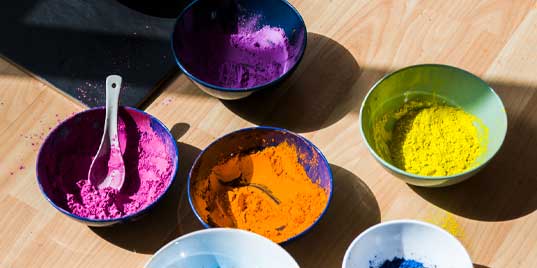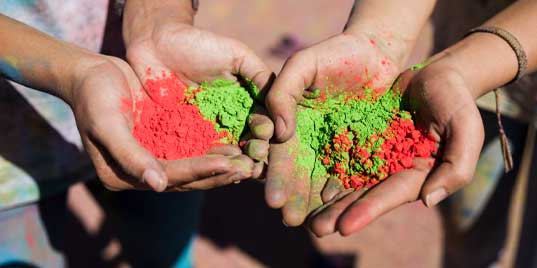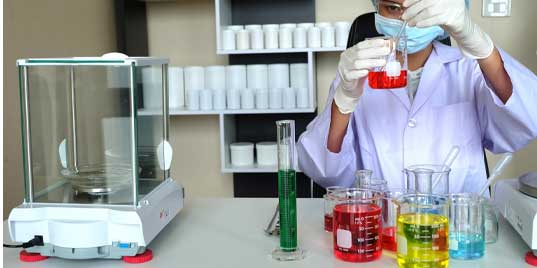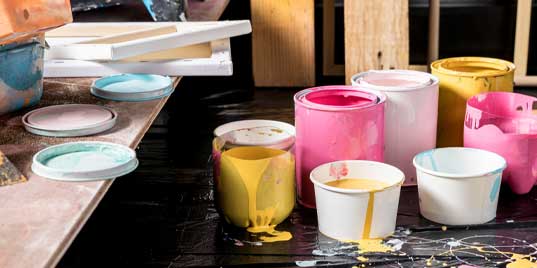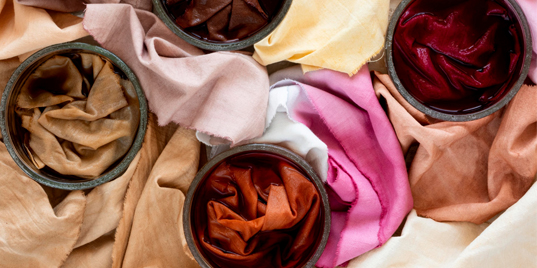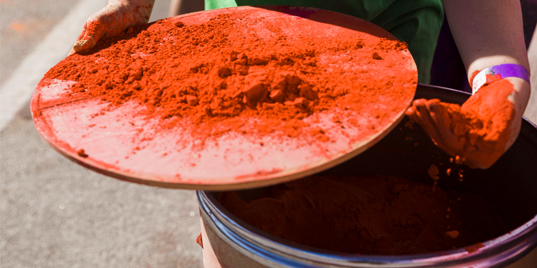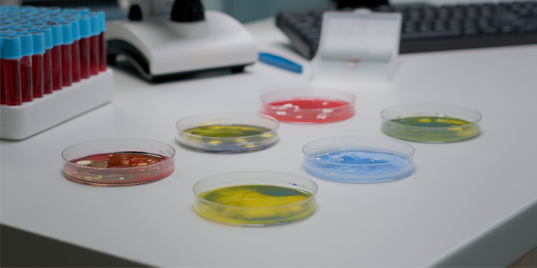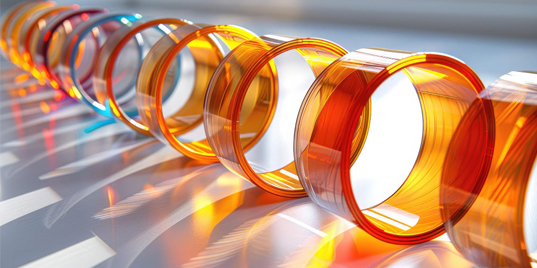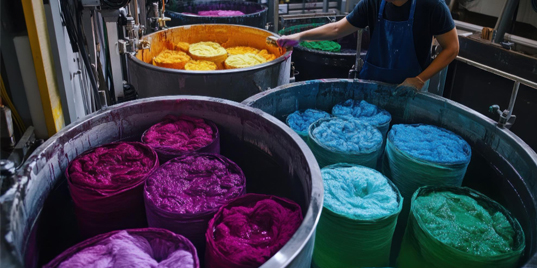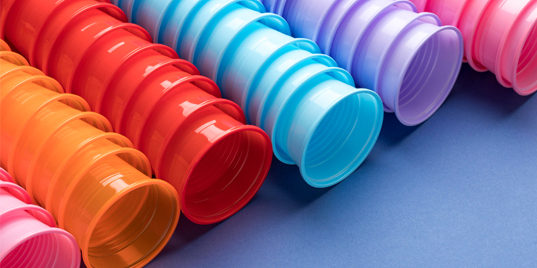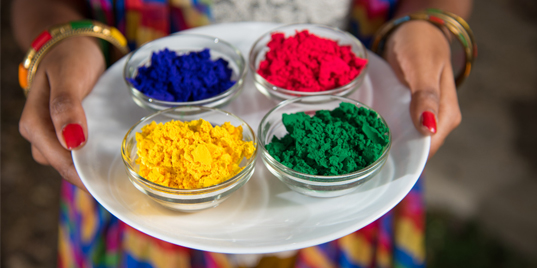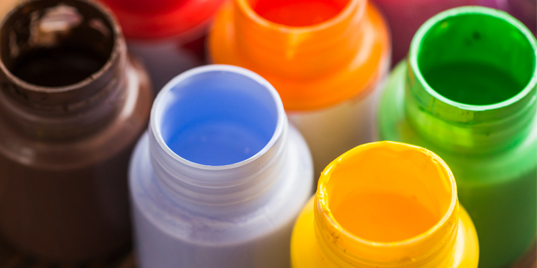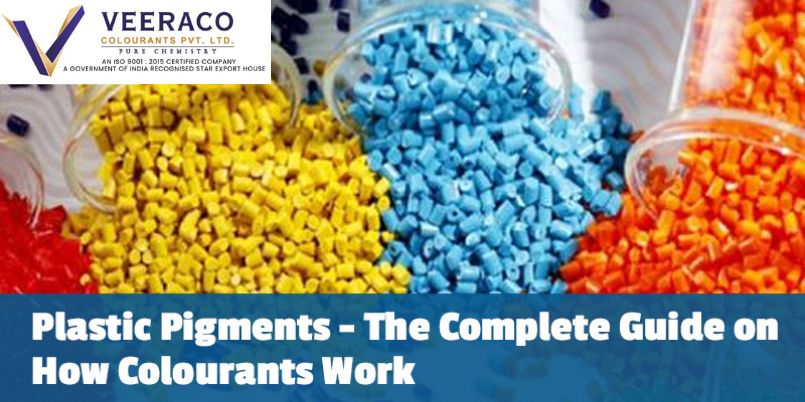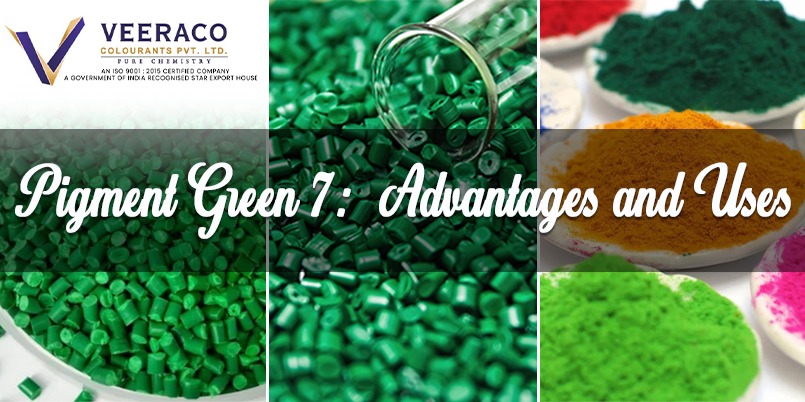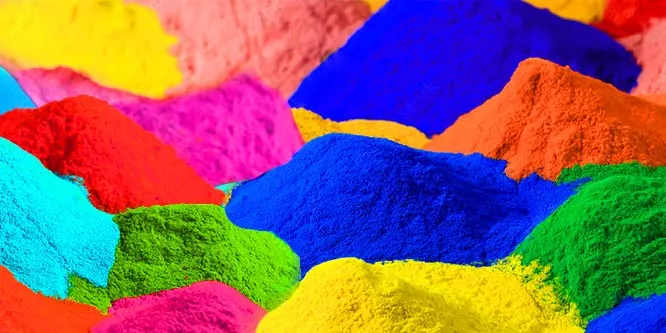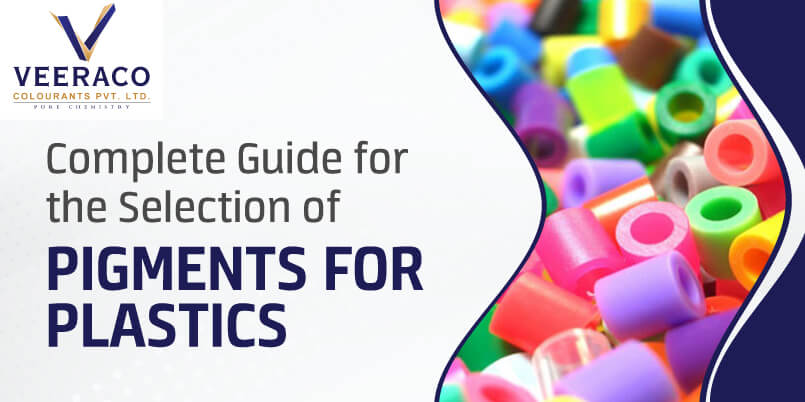
Complete Guide for the Selection of Pigments for Plastics
- Admin
- Jan 06, 2025
In the realm of fast-paced plastic pigmentation, selecting the correct pigment that goes well with each property of the plastics and meets all the needs of these materials is essential. These pigments not only add color to them but also add extensive properties like weather and temperature resistance, chemical resistance, heat stability, fastness, and so on. These features and characteristics of the pigments depend upon their manufacturers and the quality of the pigments. Thus, to get pigments or dyes for any of the products, always choose the best plastic pigment manufacturer, Veeraco. It provides excellent benefits to its customers, from premium quality pigment and dyes to advanced customer support. Here we will thus delve deep into knowing what the different types of pigments are commonly used for plastics, followed by the factors to be considered in choosing these.
Understanding the Different Pigments Used for Plastics
Pigments are those powdered substances that do not dissolve in a liquid medium to impart colors but rather remain dispersed and provide a rough surface to plastics, thus enhancing resistivity to different factors like heat, water, or weather. These pigments are of different types, including organic, inorganic, or specially engineered pigments used to impart colors and make them more attractive and useful for different applications. Thus, the most common types of pigments used for plastics are as follows:
- Organic Pigments: The pigments that are derived naturally and are carbon-based structures imparting a bright and vibrant color to plastics are called organic pigments. They impart colors in different ranges from dark red to yellow, blue, and hues of violet, green, and so on. They are known for their excellent dispersion in plastic surfaces, thus providing them with a rough external coating providing resistance to temperature, weather, and chemical and heat stability, thus reducing their color fadness. The different types of organic pigments include azo pigments, phthalocyanine pigments, and so on.
- Inorganic Pigments: These pigments are composed of metallic compounds imparting a bright color to the plastics. Unlike organic pigments, they are cheaper and thus are widely used in different plastic industries, from toys to automobiles and food or pharmaceuticals. They impart a lot of properties to plastic, which includes thermal resistivity, heat stability, opacity, and so on. The different types of inorganic pigments include iron oxides, ultramarine blue, and so on. These pigments resist various weather conditions and thus can be used in any extreme environmental factors.
- Special pigments: These are specially engineered pigments that provide extreme properties, under-budget traits, and, of course, the best vibrant colors in different shades. They are widely used due to their unique properties, like the fluorescent effect, which makes them shine bright in the dark, used widely for safety signals in vehicles and highways, and their non-toxic nature helps them to be used in food and other pharmaceutical uses. The different types of special pigments used for plastics are carbon black, fluorescent pigments, and so on.
How to Choose the Right Plastic Pigments?
Since there are a lot of options for pigments for plastics, you need to look at some factors before making the right decision among them. So the major factors to be considered for selecting the right plastic pigments are as follows:
- Visibility: To choose the correct pigment for plastic, the major factor to be considered is the appearance color of the plastic you want. Every pigment imparts different shades and different brightness levels. Thus, choosing from the wide options for learning what kind of brightness, shade, opacity, transparency, and all other properties are required for the plastic to enhance its appearance and make it look attractive.
- Affinity: Check for the plastic composition and the composition of pigments to provide compatibility with each other. Having a different composition that doesn't match can have a bad reaction and negative impact on the plastic's surface. Thus, always consider the pigment that gets dispersed very uniformly with the plastic surface being evenly distributed to mix completely and impart an even color to the plastic. This affinity of plastic and pigment helps in the enhanced appearance of the plastics and in increasing their overall quality.
- Light fastness: It is the property of the pigments that resist their early fading from the plastic surface. This property of the pigments allows the plastic to be easily exposed to different environmental factors, especially UV light, without affecting its brightness level. However, compared to organic pigments, inorganic ones have a higher light fastness, allowing plastics with inorganic pigments to be highly resistant to UV light.
- Chemical Resistance: Certain plastic items need to be saved and protected from various chemicals that generally include automobile parts, food plastics, or medicinal uses. Thus, to make these plastic surfaces chemically resistive, the appropriate pigments must be selected that provide a protective coating to the plastic surface, thus preventing their reaction to substances, materials, or other external factors.
- Heat Stability: Various plastic products after the pigmentation process need to undergo further processing of drilling, cutting, and so on, which might include higher temperatures. Thus, to provide thermal resistance to plastic surfaces from the heat of different processes, it is important to use pigments that provide thermal stability and resistance to high temperatures for the plastics to neither fade their colors nor degrade with time. However, in terms of providing good thermal stability, inorganic pigments turn out to be the best choice rather than organic ones. And are thus widely used in different industrial setups for automobile parts and other machinery components of industries.
- Regulatory Standards: The pigments you choose must comply with different regulations for plastic and industrial environments. These regulations involve the material composition of plastics and pigments, which must be in strong affinity to prevent any chemical reaction; no material of the pigment should react with the items held in the plastic containers, and of course, their resistance towards different external conditions. These regulatory standards need to be meant for the food and medical industries, especially to comply with the utmost safety and protection of the items carried in plastics.
Therefore, selecting the right pigment for plastics is a crucial process to ensure their better and safer use by the customers, and this involves some of the major steps to be taken from knowing the appearance of plastic you need to the different regulation standards to be met. The pigment manufacturers in India deal with the manufacturing of different pigments that are used in a variety of applications, and thus they keep in mind all the above-mentioned considerations to choose the one that effectively helps them in all cases. Keeping a complete knowledge of the different considerations and types of pigments that provide different properties can help the pigment manufacturer's business make informed choices and achieve the best results.
Thus, if you are looking for the best pigment manufacturers in India, choose Veeraco, a company serving its customers with the utmost trust and reliability of high-quality pigments for plastics or dyes for fabrics. In conclusion, selecting the correct pigments can help you in making the plastic products look extremely attractive for the customers, and this can be done by following the guide as mentioned above and knowing how you can choose between the wide options.

